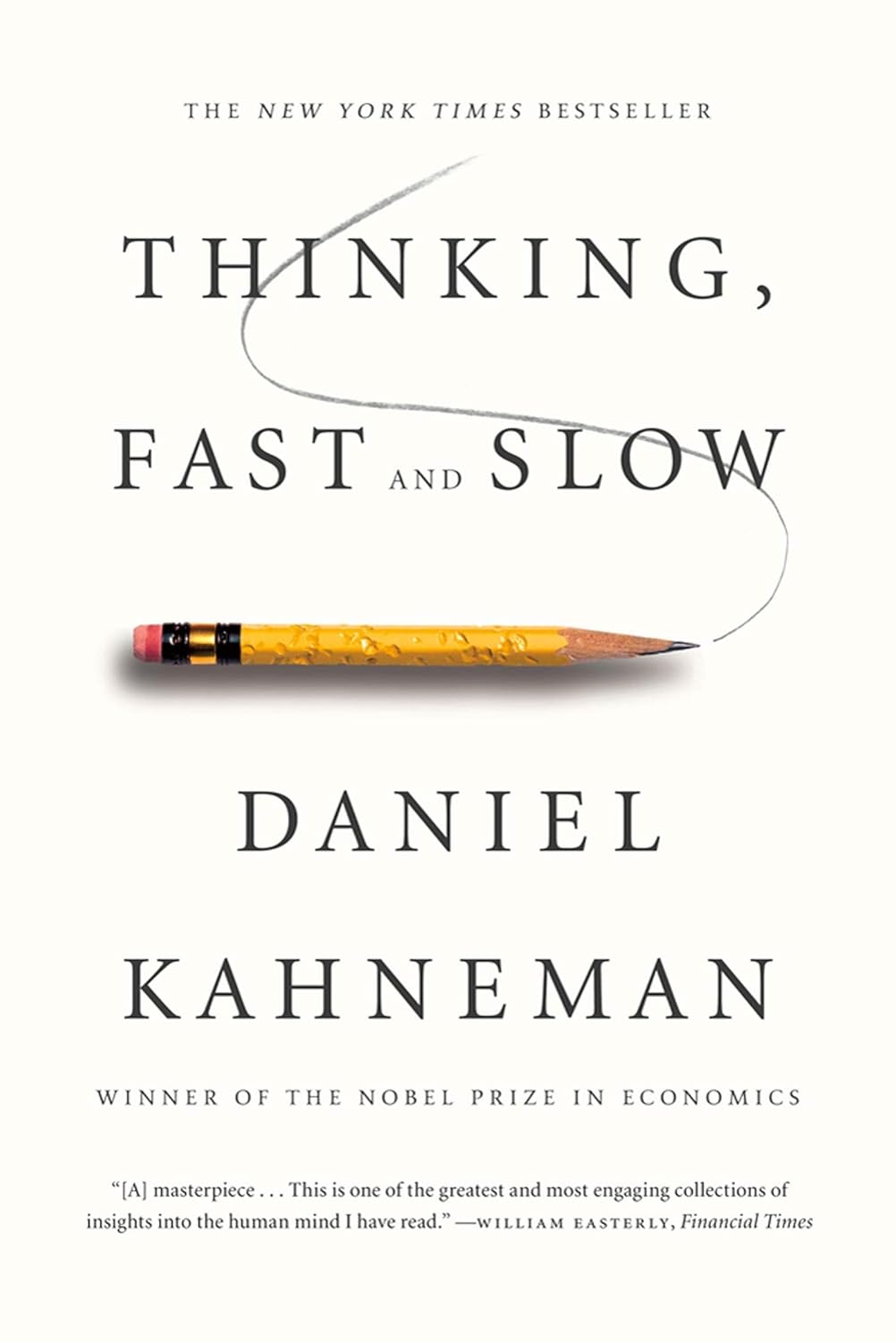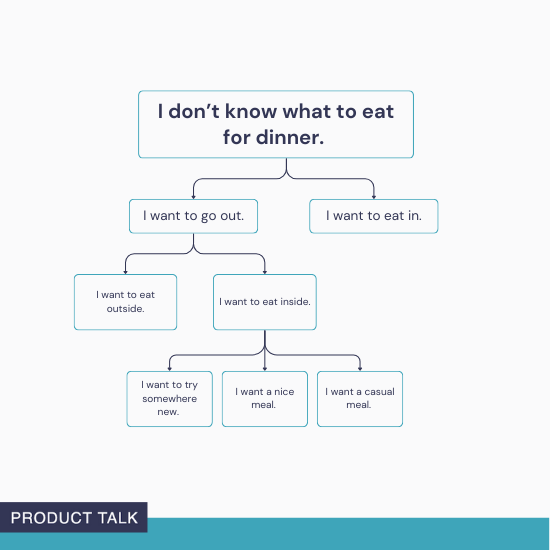ISO 50001 Internal Auditor Training: The Real-World Guide Energy Pros Actually Need
Well, picture this. You're deep into managing an organization's energy use. You're tracking consumption like a hawk, tinkering with systems, maybe even getting a little too excited about lighting retrofits.

Let’s get this straight: What even is ISO 50001 Internal Auditor Training?
Well, picture this. You're deep into managing an organization's energy use. You're tracking consumption like a hawk, tinkering with systems, maybe even getting a little too excited about lighting retrofits. And suddenly, someone drops the big one: "We need to be ISO 50001 certified."
Your heart skips. Not because you don't know what it is—you totally do. It’s the gold standard for energy management systems. But the idea of having internal audits, paperwork, systems reviews, and compliance checkpoints? Yeah. That requires a whole new level of know-how.
That’s where ISO 50001 Internal Auditor Training comes in. It’s not just about passing a checklist. It’s about becoming the person who knows how to actually measure, evaluate, and improve energy performance systems within the organization. Like a quality control ninja for all things kilowatt.
Why Energy Pros Should Bother With Auditor Training (Besides the Obvious)
Okay, let’s be real. Most folks in energy management already juggle way too many tasks. From wrangling consumption data to trying to explain to the finance department why upgrading HVAC isn’t just a “nice-to-have”. So why add another credential?
Simple. Because internal auditors are the first line of defense—and opportunity. They're the ones who identify inefficiencies early, course-correct before compliance tanks, and help keep certification from becoming a bureaucratic headache.
Plus, being trained means you're not winging it. You understand what the standard actually wants from you. You speak its language. You're basically ISO 50001 bilingual.
And let’s not pretend it doesn’t look good on a resume. Whether you're aiming to climb the ladder or just keep your role indispensable, auditor training checks both boxes.
What You Actually Learn in ISO 50001 Auditor Training (Spoiler: It’s Not Just Theory)
So what’s the deal with the training itself? Is it just endless PowerPoints and abstract standards talk?
Not really. A good ISO 50001 Internal Auditor course goes way beyond the textbook. Sure, you'll dig into the clauses of the standard. You’ll learn how to interpret them. But more importantly, you’ll learn how to audit them. That means:
- Planning and scheduling an internal audit
- Developing audit checklists that don’t make people groan
- Interviewing team members without sounding like an interrogator
- Writing findings that are actually useful (and don’t spark panic)
It’s part detective work, part communicator, part strategist. And oddly satisfying when you realize you can spot a system inefficiency a mile away.
Does the Format Matter? Online vs. In-Person Training
Here’s where people start asking: Should I take the course online? Or in person?
And the answer, predictably, is: It depends.
If you're a hands-on learner who thrives in live interaction (and maybe wants to network), in-person sessions might be your jam. Especially if they include role-playing audits or peer reviews.
But if you're balancing work, life, and maybe a few school drop-offs, online training has come a long way. Look for options that are interactive—live Q&As, breakout discussions, maybe even virtual audits.
Honestly, what matters most isn’t the format. It’s the facilitator. A trainer who’s actually done audits in the real world? That’s gold. Because they’ll share the stuff you won’t find in any manual.
Audit Planning: The Underrated Hero of ISO 50001
Let’s talk audit planning—aka the part people either overlook or overcomplicate.
A solid internal audit plan isn’t just about ticking boxes. It’s about asking smart questions before you show up with your clipboard. Like:
- What’s changed since the last audit?
- Who needs to be interviewed, and what’s the best way to approach them?
- Are we focusing on system conformance, performance improvement, or both?
This stage sets the tone. When it’s done well, the audit feels like a helpful walkthrough. When it’s rushed? It feels like a surprise inspection. And nobody loves those.
Getting Buy-In: The People Side of Auditing
You know what they don’t tell you in the brochure? Internal auditing is like being a therapist for your organization’s energy habits.
You’re not just evaluating systems. You’re talking to real people who might feel nervous, defensive, or just plain confused about the whole process. So your ability to connect matters. A lot.
Soft skills—like emotional intelligence, active listening, and knowing when to crack a joke—go a long way. Especially when you’re trying to get honest answers or encourage someone to rethink a legacy process.
Being approachable while staying objective? That’s an art. And it's a big part of what makes some auditors truly effective.
Writing Findings That Don't Feel Like Slaps on the Wrist
Here’s a hard truth: No one likes reading audit reports. They're often dry, overly technical, or, worse, accusatory.
But they don’t have to be.
When you learn how to craft audit findings during your training, you're not just learning how to point out problems. You're learning how to:
- Describe gaps clearly and without blame
- Recommend actions that are specific, achievable, and helpful
- Prioritize findings so teams know what to tackle first
This is where your writing chops matter. Because the more readable your report, the more likely it is to spark action. And that’s what audits are for, right?
Beyond Compliance: Using Audits to Actually Drive Performance
So here’s the kicker: Auditing for ISO 50001 isn’t just about staying compliant. It’s about uncovering real opportunities for better energy performance.
Think of internal audits like a tune-up. Yeah, they check the basics. But they also reveal deeper misalignments, like energy objectives that look great on paper but never make it to the floor. Or monitoring tools that generate data no one uses.
With the right mindset (and training), internal audits become less about “checking up” and more about tuning in—to what your organization really needs to run smarter.
Choosing the Right ISO 50001 Internal Auditor Course: Watch Out for These
Let’s say you’re sold. You want to take the plunge. How do you choose the right course?
Look for these:
- Accreditation: Is it recognized by IRCA, Exemplar Global, or a similar body?
- Trainer credibility: Have they actually conducted audits themselves?
- Practical components: Will you get to practice planning, interviewing, and reporting?
- Flexibility: Can you fit it around your schedule without burning out?
And beware the ones that promise magic in a day. A solid internal auditor course takes time. Because real learning? It’s a process, not a shortcut.
Final Thought: It’s Not Just Training—It’s a Mindset Shift
At the end of it all, ISO 50001 Internal Auditor Training isn’t just about knowing a standard. It’s about shifting how you think about energy, systems, and people.
You start to see patterns others miss. You catch small issues before they become costly problems. And, most importantly, you help build a culture that actually cares about energy—not just because of the savings, but because it makes the whole organization run better.
And honestly? That feels pretty damn good.






































































































![Building A Digital PR Strategy: 10 Essential Steps for Beginners [With Examples]](https://buzzsumo.com/wp-content/uploads/2023/09/Building-A-Digital-PR-Strategy-10-Essential-Steps-for-Beginners-With-Examples-bblog-masthead.jpg)



















































